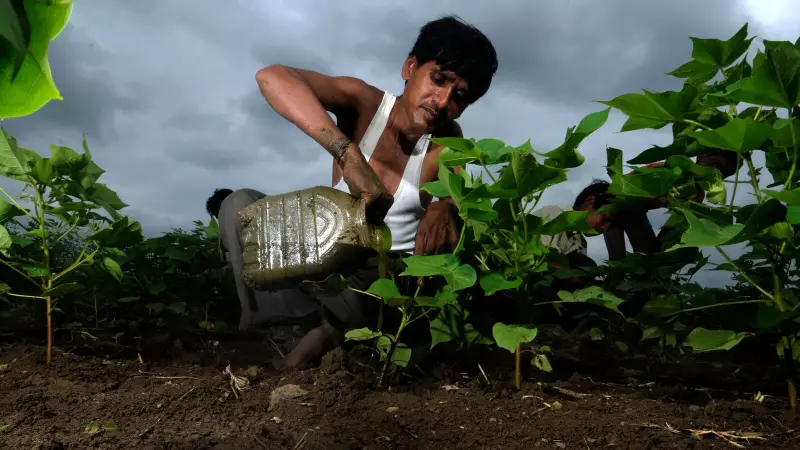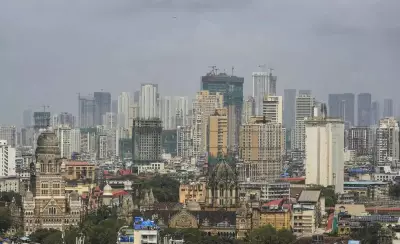
As climate change intensifies, India's agricultural sector faces unprecedented challenges. Traditional crop insurance schemes, while well-intentioned, often leave farmers waiting months for compensation when disaster strikes. But a revolutionary solution is emerging that could transform this landscape: parametric insurance.
What Makes Parametric Insurance Different?
Unlike conventional insurance that requires lengthy damage assessments and claims verification, parametric insurance operates on a simple trigger-based system. When specific pre-defined parameters are met – such as rainfall dropping below a certain level or temperatures exceeding critical thresholds – automatic payouts are triggered immediately.
The Current System's Shortcomings
The Pradhan Mantri Fasal Bima Yojana (PMFBY), while comprehensive, suffers from significant delays in claim settlements. Farmers often wait through multiple harvest seasons before receiving compensation, creating severe cash flow problems that can push agricultural families deeper into debt.
The human cost is substantial: Delayed payments mean farmers cannot invest in the next planting season, purchase necessary inputs, or meet basic family expenses during critical periods.
How Parametric Insurance Works for Agriculture
- Weather-based triggers: Automated payouts when rainfall, temperature, or humidity levels cross predetermined thresholds
- Satellite monitoring: Using remote sensing technology to assess crop health and environmental conditions
- Instant settlements: Payments processed within days rather than months
- Transparent parameters: Clear, objective criteria that eliminate disputes and confusion
Real-World Applications Already Showing Promise
Several pilot programs across India have demonstrated parametric insurance's potential. In drought-prone regions, policies triggered by rainfall deficits have provided farmers with immediate funds to cope with failed monsoons. Similarly, excess rainfall policies have helped those facing flood situations.
Integration with Existing Schemes
The most practical approach involves supplementing PMFBY with parametric options rather than replacing the existing system entirely. This hybrid model could offer:
- Immediate relief through parametric triggers for common weather events
- Comprehensive coverage through traditional insurance for complex damage scenarios
- Reduced administrative burden on government agencies and insurance companies
Overcoming Implementation Challenges
While the concept is promising, successful implementation requires addressing several key challenges:
Data infrastructure: Building reliable weather monitoring networks and satellite systems across India's diverse agricultural landscape.
Farmer education: Ensuring agricultural communities understand how parametric insurance works and trust the automated system.
Regulatory framework: Developing appropriate guidelines and oversight mechanisms for this innovative insurance approach.
The Climate Change Imperative
With climate patterns becoming increasingly unpredictable and extreme weather events more frequent, the case for parametric insurance grows stronger each year. The traditional "wait and assess" model becomes increasingly inadequate when farmers need immediate resources to recover and replant.
The bottom line: Parametric insurance represents more than just a technical innovation – it's a potential lifeline for millions of Indian farmers facing an uncertain climate future. By providing timely financial support when it's needed most, this approach could significantly enhance agricultural resilience and food security across the nation.





